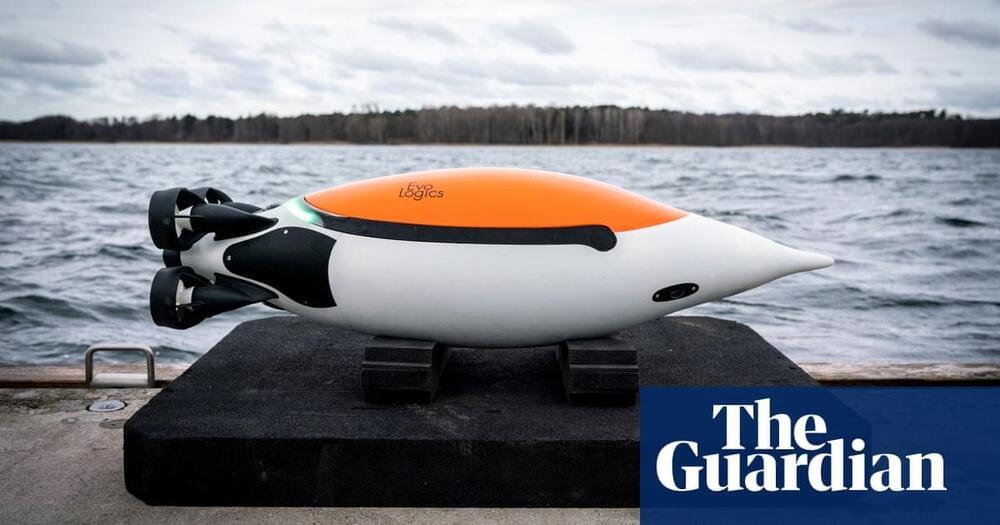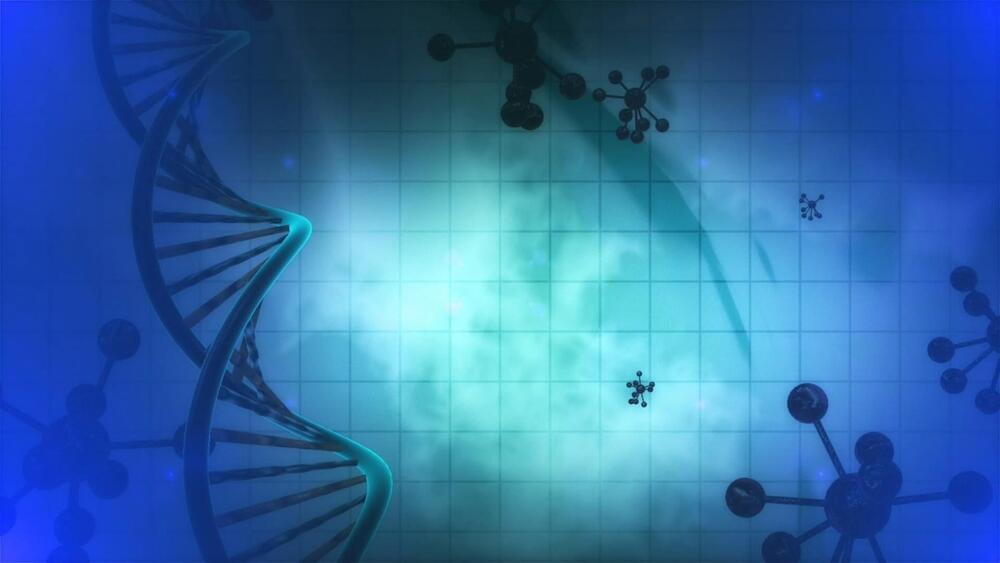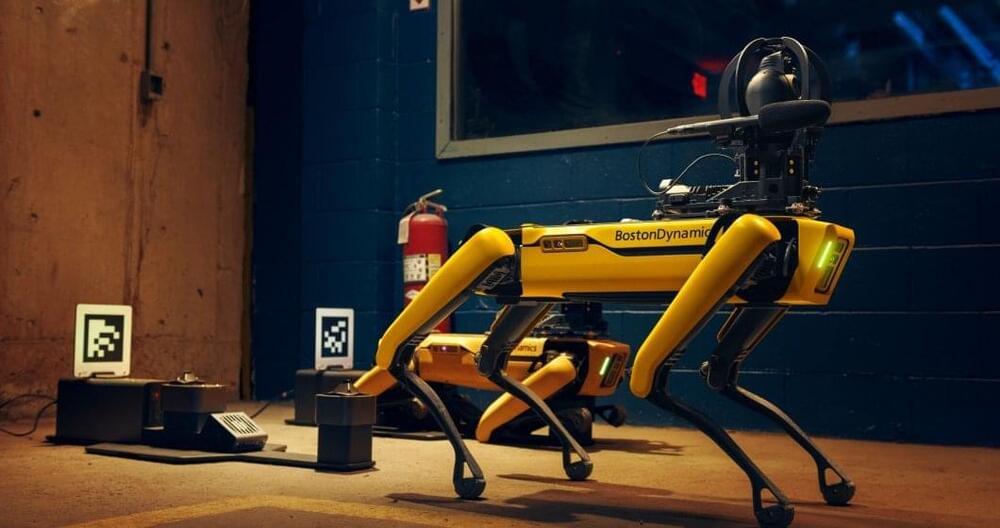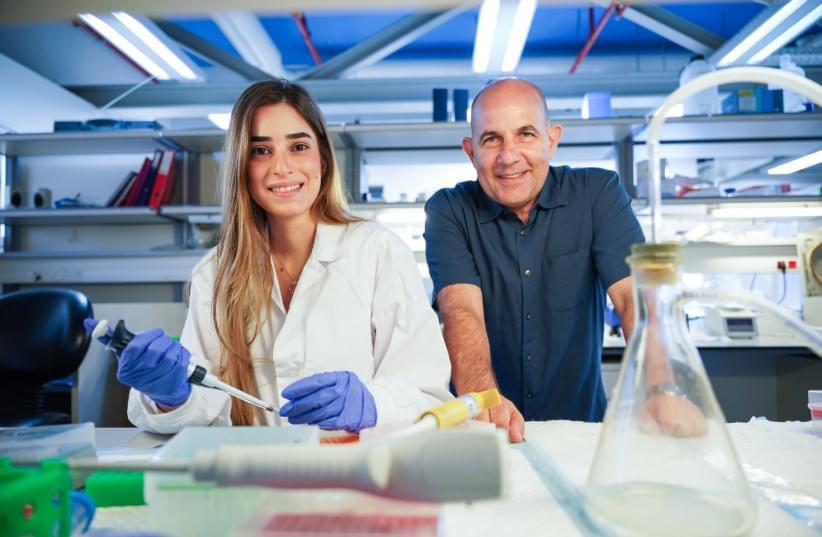They can go on research missions in stormy weather, dive to 150 metres and could soon be ‘singing’ signals. These penguin-like devices are helping to explain the eddies that are key to all life.
Dawn Aerospace has successfully completed five test flights of its uncrewed Mk-II Aurora suborbital spaceplane in the skies over Glentanner Aerodrome on New Zealand’s South Island. The flights were conducted by the New Zealand-Dutch space transportation company from July 28 to 30 2021 at altitudes of up to 3,400 feet (1,036 m), with the prototype airframe fitted with surrogate jet engines.
The three-days of test flights to assess the airframe and avionics of the aircraft took place under a certificate issued to Dawn by the New Zealand Civil Aviation Authority (CAA), which allowed the Mk-II Aurora to operate from conventional airports without airspace restrictions after ground tests were completed.
The Mk-II Aurora is designed to take off and land horizontally using conventional runways. It’s currently equipped with surrogate jet engines, but these will be replaced by a liquid-fuel rocket engine, which is now undergoing static tests. Once installed, the hydrogen peroxide/kerosene engine will propel the spaceplane to supersonic speeds and high altitudes, and ultimately to a height of 100 km (62 mi) on a suborbital trajectory.
DNA damage by radiation is a concern for space travelers. New experiments on the ISS show that CRISPR gene editing tools can function in space and can potentially be used to mitigate these effects.
Image credit: Norbert Kowalczyk Unsplash
Studying DNA repair is key to future space exploration, which could expose humans to risk of DNA damage caused by radiation. Conditions in space also could affect the way the body repairs such damage, potentially compounding that risk.
The jet’s interior includes two private suites with VIP seats that can carry 31 passengers.
The Human Cell Atlas is the world’s largest, growing single-cell reference atlas. It contains references of millions of cells across tissues, organs and developmental stages. These references help physicians to understand the influences of aging, environment and disease on a cell—and ultimately diagnose and treat patients better. Yet, reference atlases do not come without challenges. Single-cell datasets may contain measurement errors (batch effect), the global availability of computational resources is limited and the sharing of raw data is often legally restricted.
Researchers from Helmholtz Zentrum München and the Technical University of Munich (TUM) developed a novel algorithm called “scArches,” short for single-cell architecture surgery. The biggest advantage: “Instead of sharing raw data between clinics or research centers, the algorithm uses transfer learning to compare new datasets from single-cell genomics with existing references and thus preserves privacy and anonymity. This also makes annotating and interpreting of new data sets very easy and democratizes the usage of single-cell reference atlases dramatically,” says Mohammad Lotfollahi, the leading scientist of the algorithm.
Genes can respond to coded information in signals—or filter them out entirely.
New research from North Carolina State University demonstrates that genes are capable of identifying and responding to coded information in light signals, as well as filtering out some signals entirely. The study shows how a single mechanism can trigger different behaviors from the same gene—and has applications in the biotechnology sector.
“The fundamental idea here is that you can encode information in the dynamics of a signal that a gene is receiving,” says Albert Keung, corresponding author of a paper on the work and an assistant professor of chemical and biomolecular engineering at NC State. “So, rather than a signal simply being present or absent, the way in which the signal is being presented matters.”
For this study, researchers modified a yeast cell so that it has a gene that produces fluorescent proteins when the cell is exposed to blue light.
Spot enables safe, reliable inspections — even in remote or hazardous locations — and unlocks repeatable, frequent data about your operations. https://bit.ly/2WxqjoN
Mobile robots enable safe, reliable inspections, even in remote or hazardous locations.
Scientists from the Technion-Israel Institute of Technology say they have found a way to rejuvenate the aging process of the body’s immune system.
Prof. Doron Melamed and doctoral student Reem Dowery sought to understand why the elderly population is more susceptible to severe cases of COVID-19 and why the vaccines seem to be less effective and wane faster among this population.
The results of their work were published this month in the peer-reviewed, online medical journal Blood.
Photographing the HL-LHC
Posted in physics
A CERN photographer and videographer writes about his experiences documenting the ongoing upgrade that will turn the Large Hadron Collider into the High-Luminosity LHC.
For gamers out there. 😃
The first 1,000 people to click the link will get a one month trial of Skillshare: https://skl.sh/coldfusion06211
— About ColdFusion –
ColdFusion is an Australian based online media company independently run by Dagogo Altraide since 2009. Topics cover anything in science, technology, history and business in a calm and relaxed environment.
ColdFusion Discord: https://discord.gg/coldfusion.
ColdFusion Music Channel: https://www.youtube.com/channel/UCGkpFfEMF0eMJlh9xXj2lMw.









